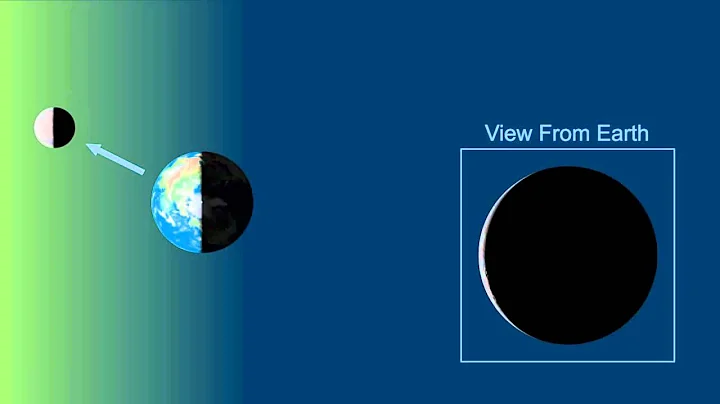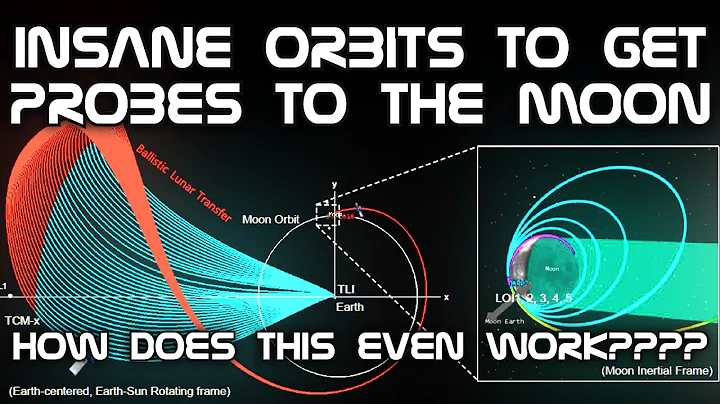source: Shenzhen released
html July is already the midsummer season, and the weather is gradually becoming hot and humid. July is also a "happy month" for children, because students are starting their summer vacation one after another. During the summer vacation, if you have the opportunity, you can take a "family trip" to the countryside to cool off, and you can also pay attention to the starry sky above your head. These starry sky shows "led" by the moon will accompany everyone through the hot summer nights.
Source: Huo Jianbin

Source: Shenzhen Observatory.

Source: Netizen Pitao

July 14th Super Moon
The moon revolves around the earth in an elliptical orbit. The point closest to the earth in the orbit is called perigee. If there is a full moon near the perigee, the moon will look like It will be "big and round". This is the so-called "super moon", which is called the perigee full moon in astronomy. On June 14, we had a "super moon". But in fact, the super moon on July 14 is the largest full moon this year.
When the moon is at perigee, it is about 360,000 kilometers away from the earth, and when it is at apogee, it is more than 400,000 kilometers away from the earth. It is precisely because of this difference that the apparent diameter of the largest full moon is about 14% larger than that of the smallest full moon, and the area is about 30% larger. However, although this difference is obvious, it is difficult to distinguish it with the naked eye unless it is a well-trained astronomer or an astronomy enthusiast without a reference object for comparison.
The full moon will be at 2:38 a.m. on July 14, and the moon will pass perigee at 17:06 on July 13. The difference between the two is only 9.5 hours. As for the "Super Moon" on June 14, the full moon occurred before the moon passed perigee, and the difference between the two was only 11.5 hours. This "super moon" is only about 10 arc seconds larger than the "super moon" in June. Far below the resolution of the human eye, it seems to be exactly the same size. It is worth mentioning that since the full moon occurs in the early morning of the 14th, it is more suitable to enjoy the moon on the night of the 13th. Do not wait until the night of the 14th.
July 16th Saturn and the moon
Saturn and the moon will appear at 4:17 in the morning on July 16th. Saturn is about 4 degrees away from the moon when it is closest. From now on, the observation conditions of Saturn will become better and better, and there will no longer be a need to observe in the latter half of the night like in the first two months. Saturn currently rises less than 2 hours after sunset, and will rise earlier and earlier.
It is better to observe the conjunction of Saturn and the moon this time on the night of the 15th. More than an hour after dark, Saturn and the moon will rise from the east-south horizon. The brightness of Saturn that day was 0.5 magnitude, which looked very bright, slightly dimmer than Vega and brighter than Altair. Since it is just over a day after the full moon, the moon still looks full. Saturn is to the left of the Moon, about 7 degrees apart, both in Capricorn. As time goes by, they rise higher and higher, and the distance between them gradually approaches, and before dawn on the morning of the 16th, they move into the southwest sky.
The distance between Saturn and the sun ranks sixth among the planets in the solar system. It is the farthest planet that people can easily see with the naked eye. The orbital radius of Saturn is slightly larger than 9.5 astronomical units , which is about 1.4 billion kilometers. Due to its distance from the sun, the average speed of Saturn in its orbit is only about 9.6 kilometers/second. It takes about 29 and a half years to orbit the sun. It is the slowest moving in the sky among the five planets, and the one with the shortest rendezvous period with the earth.
The so-called rendezvous period for an outer planet like Saturn is the time that passes between two oppositions, which takes about 378 days. That is, Saturn's opposition to the sun is delayed by 13-14 days each year compared with the previous year. Jupiter , which is closer to the sun than Saturn, has a rendezvous period with the earth of 399 days. Each year's opposition is a little more than a month later than the previous year.
Saturn is a gas giant planet . It ranks second in size among the planets in the solar system, only slightly smaller than Jupiter. Its average density is very small, less than 0.7 grams per 7 cubic centimeters of , which is smaller than the density of water. If a large enough ocean could be found, Saturn could float in it.Saturn is the most beautiful celestial body in a telescope because it has a beautiful ring. It can be seen with a telescope of about 30 times. If it is a telescope with a power of more than 100 times, the rings of Saturn can be seen very clearly.
July 21 Moon occultation of Mars
In addition to the moon occultation of δ Scorpio on July 10, this month there is another html July occultation worth seeing. This time, the famous Mars is obscured. This lunar occultation of Mars occurred late at night on July 21, and was visible in northeastern Asia. The second half of the occultation can be seen in some parts of northeastern my country. In other areas, the moon was below the horizon during the entire occultation period, so The Moon's occultation of Mars is completely invisible this time.
On July 21, the moon appears with about 40% illuminated. The process of occultation is that Mars enters from the bright side of the moon and reappears from the dark side. In our country, only places such as Heilongjiang and Jilin can see the second half of this process, which is the scene of Mars reappearing from behind the moon. However, Mars will not completely appear from behind the moon "all at once". This is because Mars has a small viewing circle, and it takes nearly 20 seconds to completely emerge from behind the moon. Therefore, Mars appears to gradually change. Bright. During the occultation phase, the moon cannot be observed because it has not yet risen above the horizon.
For observers in the Beijing area, although they cannot appreciate the process of the moon occulting Mars, they can see the moon rising above the horizon from the north-east in a few minutes after midnight. At that time, the red Mars with a brightness of 0.3 will appear on the moon. On the right side, the distance is only more than half a degree. It is rare for the two to be so close, so it is worth seeing.
July 27th Venus accompanying the moon
In the early morning of July 27th, we can enjoy the wonderful celestial phenomenon of Venus accompanying the moon in the low sky in the north-east before dawn. More than an hour before sunrise that day, bright Venus and a crescent moon rose from the north-eastern horizon. The moon was on the left and Venus on the right. The distance between the two was about 4.5 degrees. July 27th is the 29th day of the fifth lunar month, only two days away from the new moon . The moon is a very thin waning moon, which may not be as easy to see as the bright Venus when it first rises from the ground. The close encounter of Venus and the Moon, the two brightest objects in the night sky, is a rare sight worthy of taking photos.





















